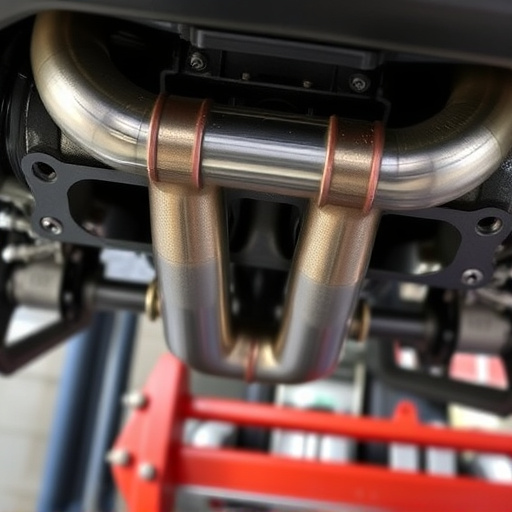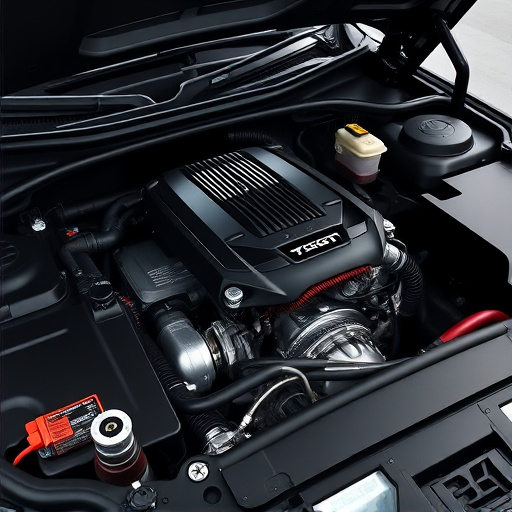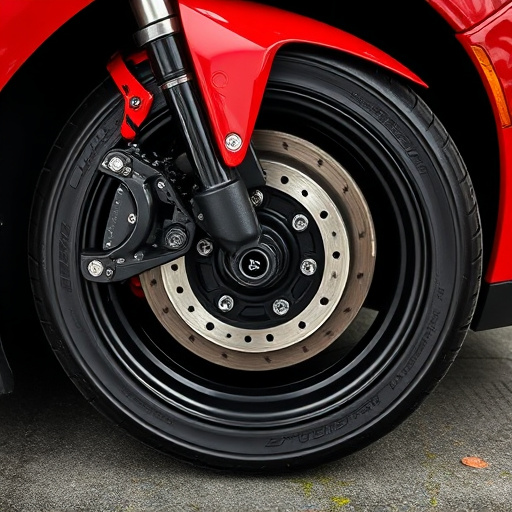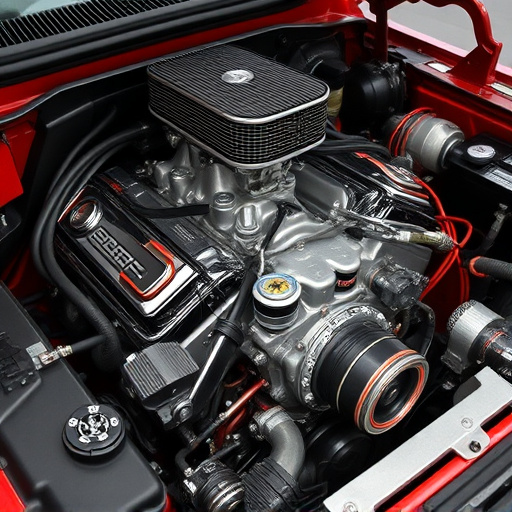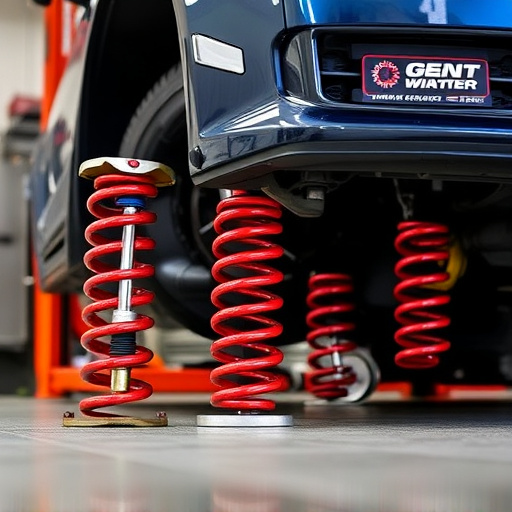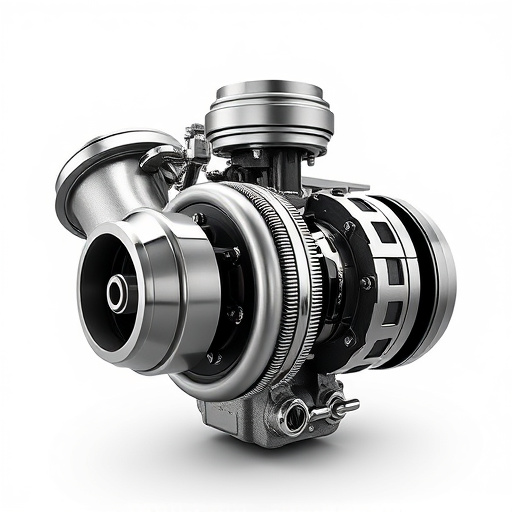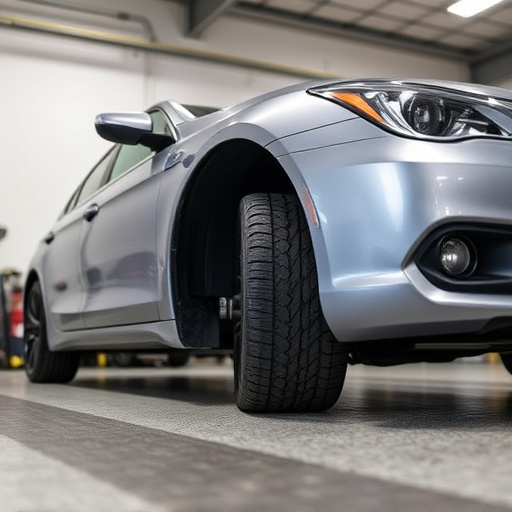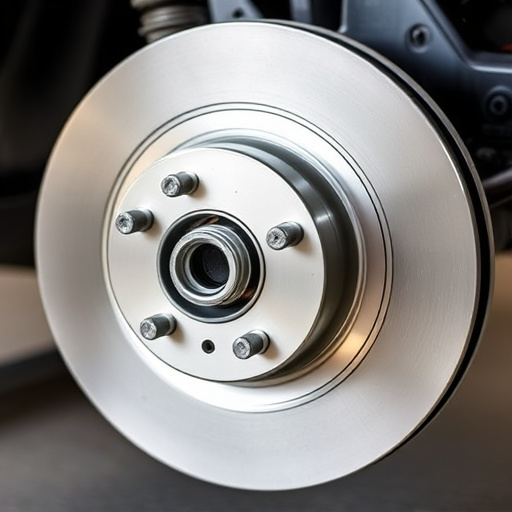The car suspension system, comprising springs, shock absorbers, control arms, ball joints, and struts, is essential for smooth driving, handling, and safety. Regular checks and upgrades, such as coilover kits, improve comfort on rough roads and cornering agility. Meticulous installation, maintenance, and adherence to manufacturer guidelines ensure optimal performance and safety after modifications.
Looking to enhance your driving experience? Upgrading your car’s suspension system is a powerful way to improve handling, comfort, and safety. This comprehensive guide breaks down the process into three key steps: understanding your vehicle’s complex suspension mechanics, identifying components for enhancement, and mastering installation & maintenance. Get ready to navigate turns with precision and enjoy a smoother ride.
- Understanding Your Car's Suspension System
- Evaluating Suspension Components for Upgrades
- Installing and Maintaining Upgraded Suspension Parts
Understanding Your Car's Suspension System
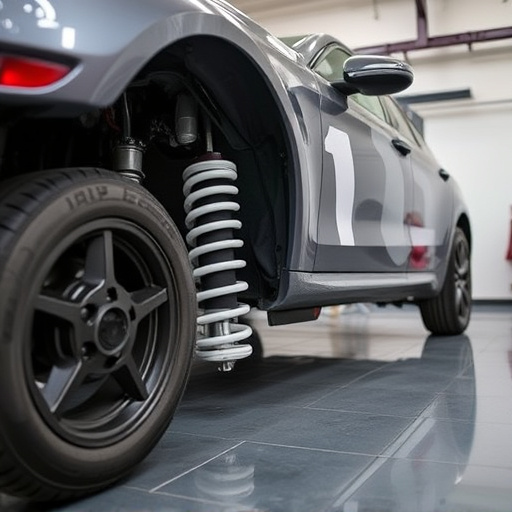
The car suspension system is a network of components designed to connect your vehicle’s wheels to its chassis, enabling smooth and controlled movement. It plays a crucial role in vehicle performance, handling, and safety, making it essential to understand its various parts and their functions. This complex system includes springs, shock absorbers (or dampers), control arms, ball joints, and struts, working together to absorb road shocks, maintain vehicle height, and ensure stable cornering.
By grasping how these suspension components interact, you can make informed decisions when upgrading your car’s suspension. Upgrading brake components, for instance, directly impacts handling and braking performance. Choosing the right suspension parts can enhance your vehicle’s overall performance, improving both comfort on rough roads and agility during turns.
Evaluating Suspension Components for Upgrades
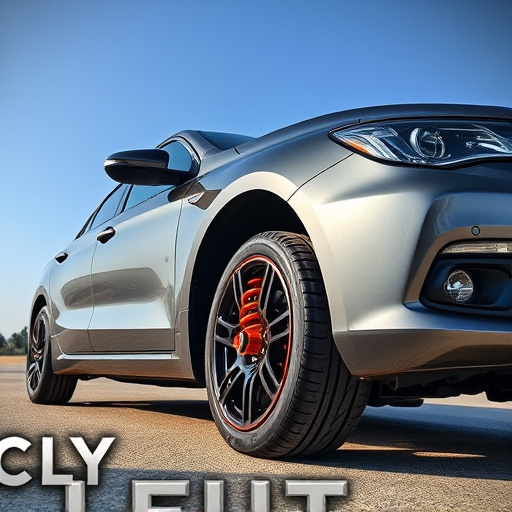
When evaluating your car’s suspension system for upgrades, it’s essential to assess each component’s condition and performance. Start by examining the springs—are they compressed or extended when the car is stationary? Check for signs of wear, rust, or damage. Next, look into your shock absorbers and struts; these are vital components that absorb road shocks and maintain tire contact. Worn-out shocks can lead to reduced handling and increased body roll. Consider replacing them if they show significant degradation.
Additionally, explore the potential of upgrading your control arms, ball joints, and bushings. These parts ensure smooth steering and wheel alignment. Over time, they may become loose or wear out, resulting in poor handling and increased noise while turning. Upgrading to high-quality coilover kits can offer enhanced control and fine-tune your vehicle’s ride height—a popular choice among car enthusiasts looking to optimize their car suspension system.
Installing and Maintaining Upgraded Suspension Parts
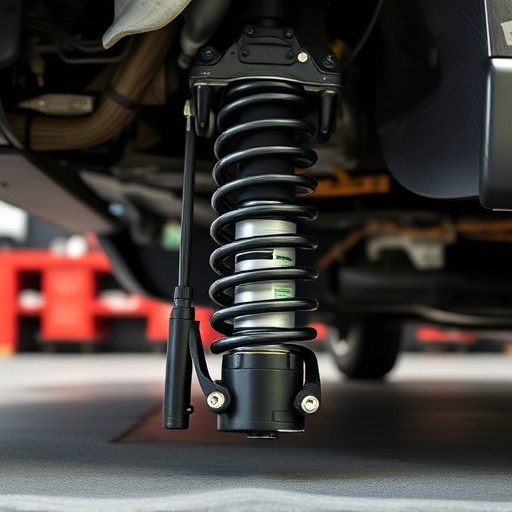
Upgrading your car’s suspension system requires careful installation and regular maintenance to ensure optimal performance and safety. Once you’ve chosen high-quality suspension parts designed to enhance handling, comfort, and durability—like stiffer springs, adjustable control arms, or upgraded shock absorbers—the next step is seamless integration into your vehicle. Start by following the manufacturer’s instructions meticulously for a secure fit. This process often involves removing existing components, marking critical alignment points, and reassembling with new parts correctly aligned.
Proper installation ensures that your car maintains its factory-recommended ride height, wheel alignment, and steering geometry. After fitting the upgraded suspension parts, test drives are crucial to verify that the changes have been implemented correctly. Moreover, regular inspection of suspension components—including checking for wear on bushings, ball joints, and brake rotors (upgraded performance brakes can be a great addition)—is essential. Regular maintenance not only extends the life of your upgraded suspension system but also guarantees continued improvements in vehicle dynamics and overall driving experience, complementing other modifications like high-performance muffler tips.
Upgrading your car’s suspension system can significantly enhance both its performance and safety. By understanding your vehicle’s current setup, evaluating specific components for improvements, and installing high-quality upgrades, you can achieve better handling, improved ride quality, and increased longevity of your vehicle’s critical parts. Regular maintenance will ensure these upgrades continue to serve you well, allowing you to navigate twists and turns with confidence and comfort.



